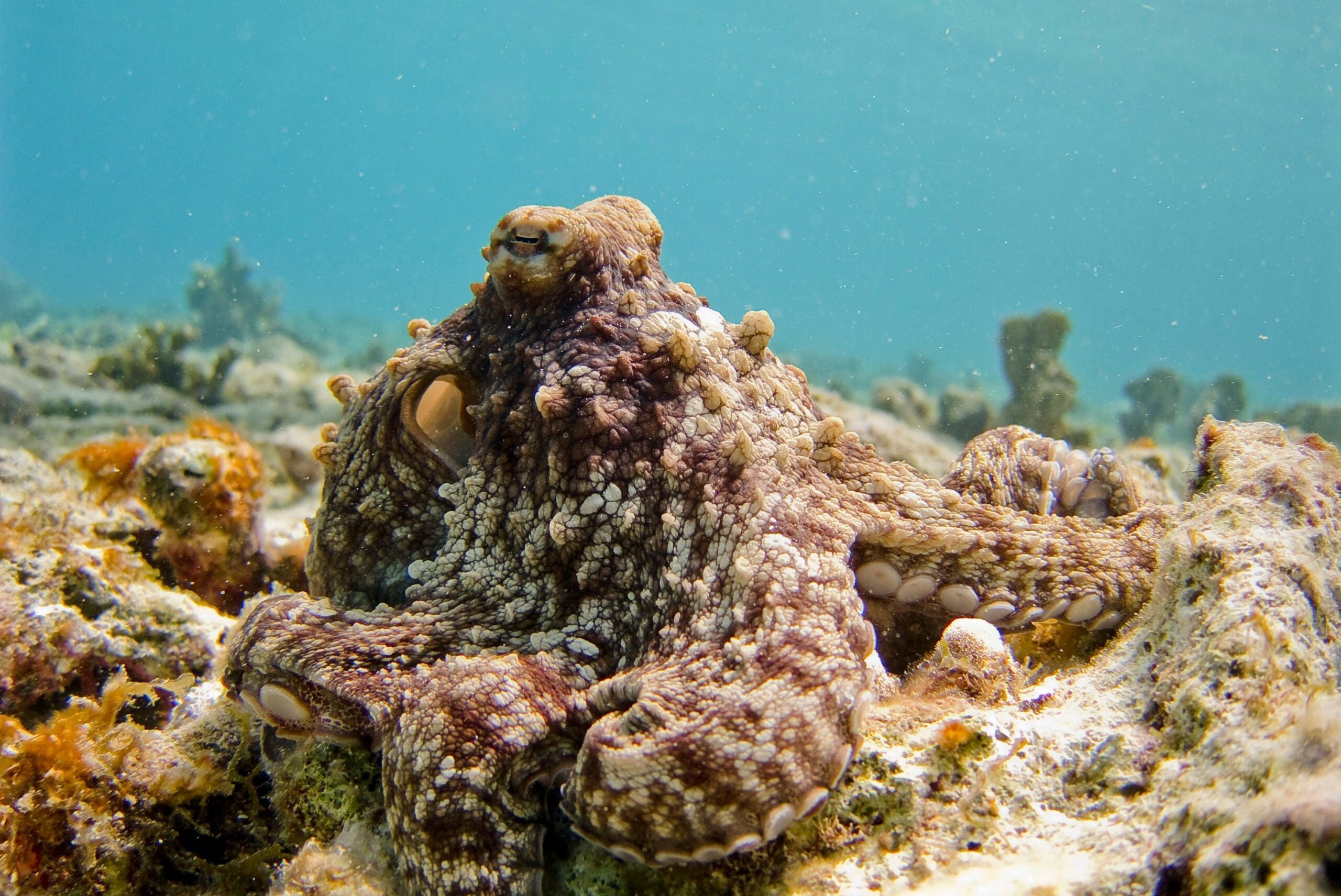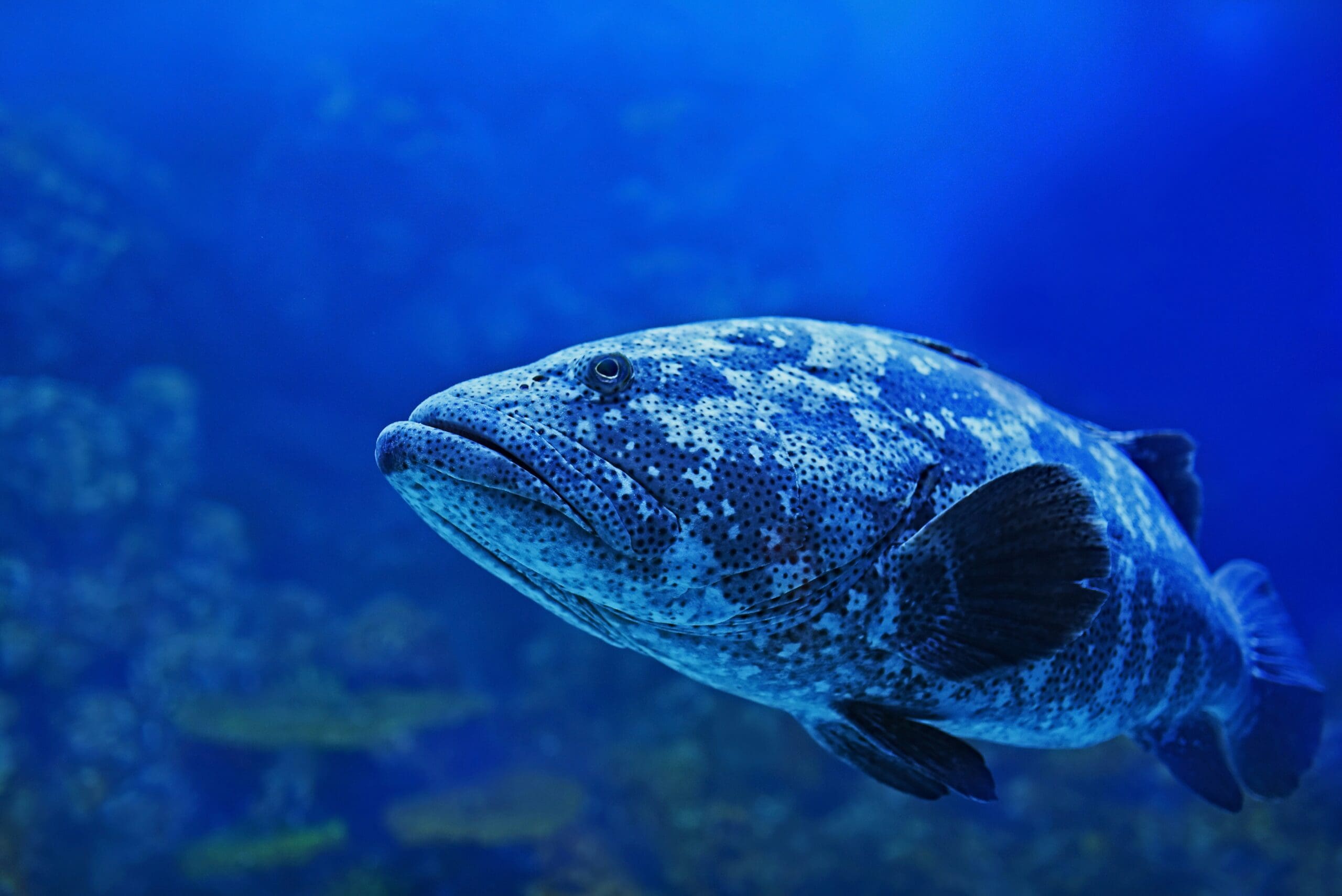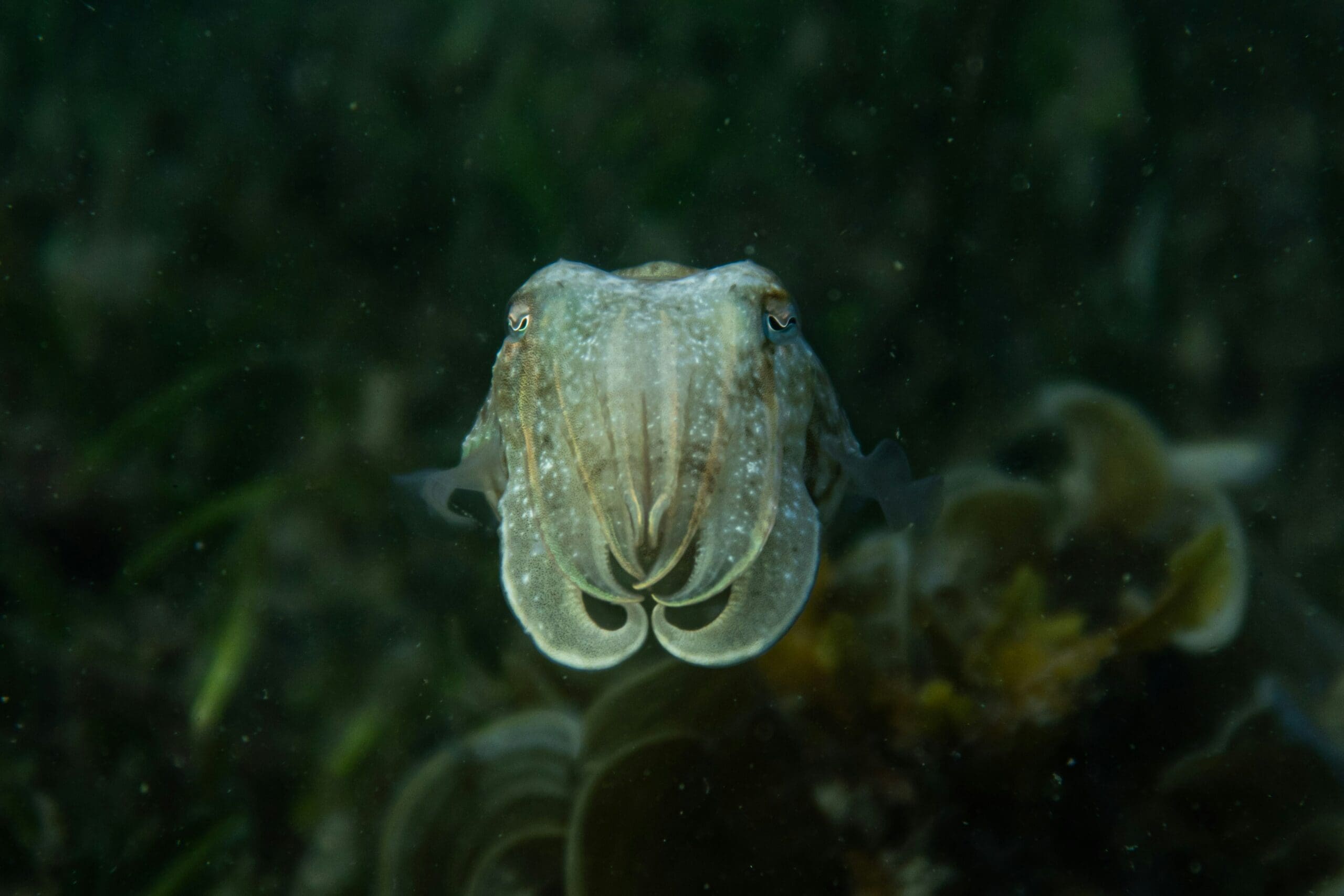Papua New Guinea
Country Name: Independent State of Papua New Guinea
Capital City: Port Moresby
Population: Approximately 9 million (2024 est.)
Official Languages: Tok Pisin, English, Hiri Motu
Currency: Papua New Guinean Kina (PGK)
Time Zone: Papua New Guinea Time (PGT), UTC +10
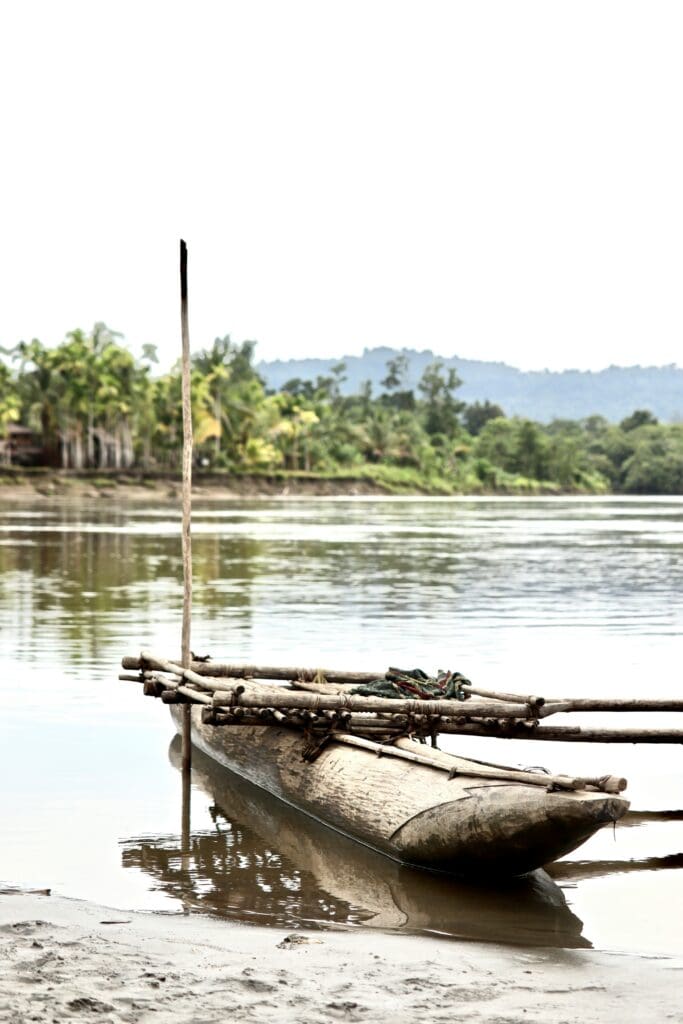
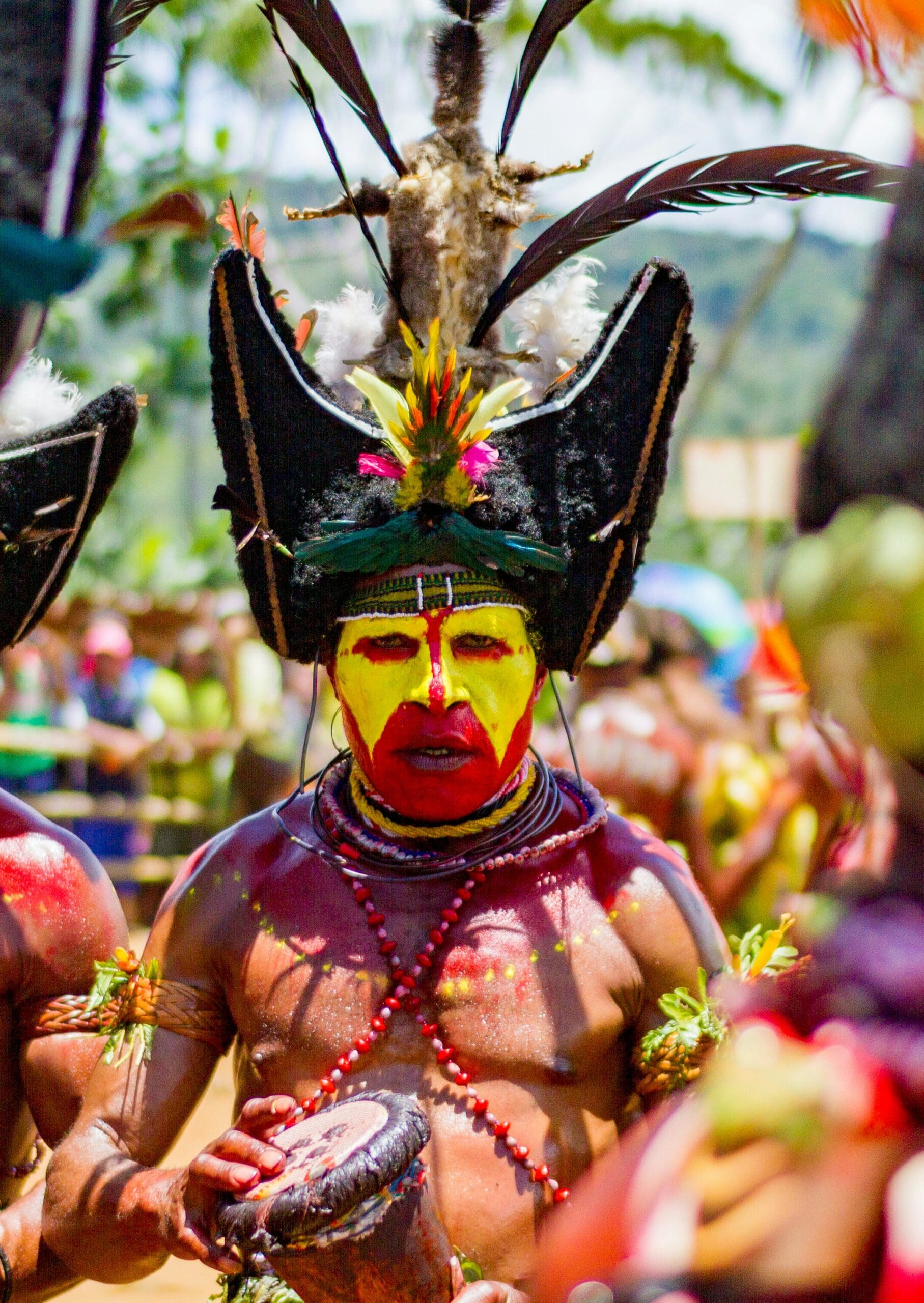
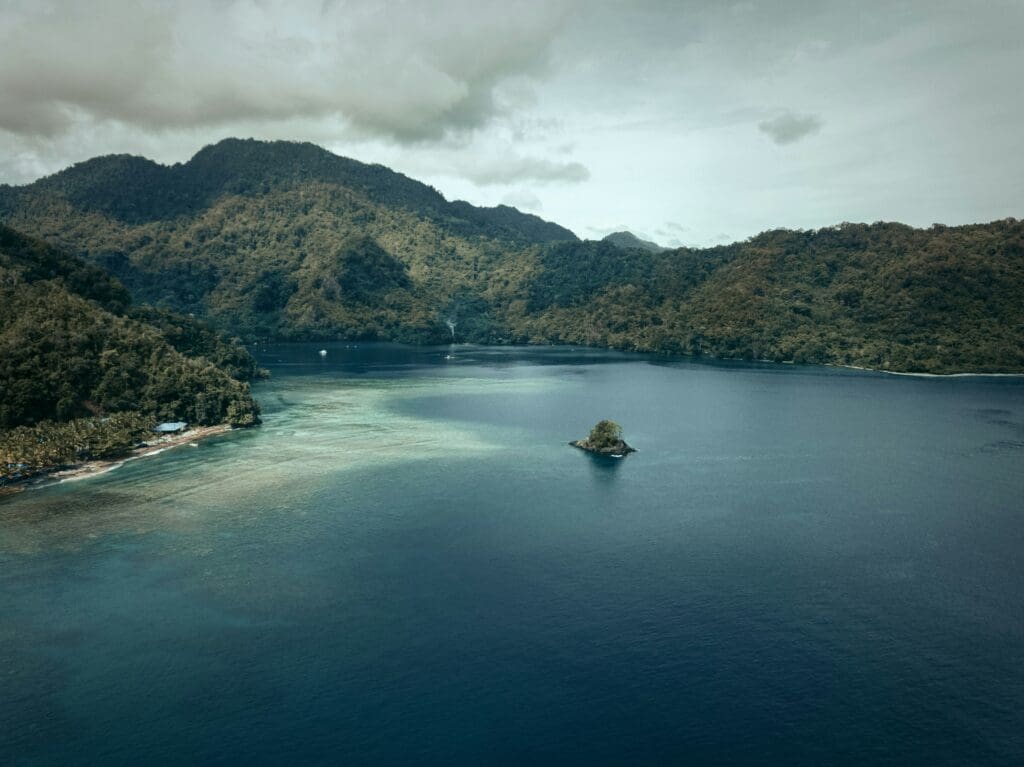
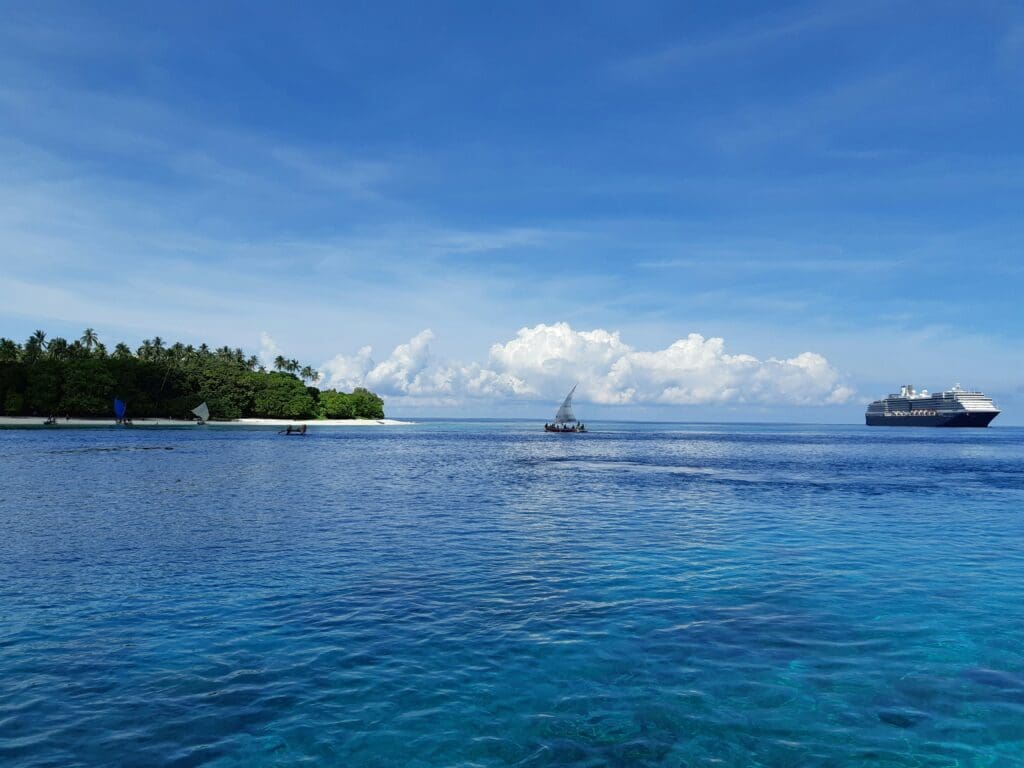
Diving Overview
Papua New Guinea offers some of the most pristine and diverse diving experiences in the world, with its rich coral reefs, abundant marine life, and historical shipwrecks. The country’s waters are renowned for their exceptional biodiversity, clear visibility, and year-round warm temperatures, making it a top destination for divers of all skill levels.
- Number of Dive Sites: Over 600
- Types of Diving: Reef, wreck, drift, and muck diving.
- Marine Biodiversity Highlights: Turtles, rays, sharks, barracudas, pygmy seahorses, and vibrant coral reefs.
- Average Water Temperatures: 27-30°C (81-86°F)
- Visibility Range: 20-40 meters (65-130 feet)
Important Information
Optimal Dive Seasons
The best diving conditions in Papua New Guinea are typically from May to November, during the dry season when visibility is at its highest and seas are calm.
Major Airports
Jacksons International Airport (Port Moresby), Tokua Airport (Rabaul), and Hoskins Airport (Kimbe) are the major gateways to Papua New Guinea’s diving destinations.
The Travel Tip
A 3mm wetsuit is typically sufficient for Papua New Guinea’s warm waters, but divers should consider a 5mm suit for deeper dives or if they are prone to feeling cold.
Weather Patterns
Papua New Guinea has a tropical climate with a wet season from December to April and a dry season from May to November. The coastal areas are hot and humid, with some variation in the highlands where it is cooler.
Internal Transportation
Transportation within Papua New Guinea typically involves domestic flights, as the rugged terrain makes road travel challenging. Local boat services are also common for island hopping and reaching remote dive sites.
Attractions
In addition to its world-class diving, Papua New Guinea offers cultural experiences such as the Goroka Show, visits to traditional villages, treks along the Kokoda Trail, and birdwatching for rare species like the Birds of Paradise.
Top Dive Regions
Papua New Guinea offers some of the most exciting and diverse diving experiences in the Pacific, with its numerous islands and reefs providing unique underwater landscapes and abundant marine life. Kimbe Bay is renowned for its pristine waters, vibrant coral reefs, and a plethora of marine species, making it perfect for both novice and experienced divers. Rabaul combines historical volcanic formations with colorful coral reefs, offering a fascinating underwater adventure close to the culturally rich town. Milne Bay, located in the southeast, is famous for its rich marine biodiversity and encounters with various pelagic species, providing unforgettable diving experiences. Lastly, Chuuk Lagoon is a remote and challenging dive location known for its World War II shipwrecks and encounters with large pelagic species, offering thrilling dives for advanced divers. These top dive sites highlight Papua New Guinea’s diverse marine environments and the country’s appeal as a premier diving destination.

Kimbe Bay
Known for its clear waters, vibrant coral reefs, and a variety of marine life, making it ideal for both beginner and advanced divers.

Rabaul
Offers historical volcanic formations and coral reefs, providing a rich underwater experience combined with the cultural allure of the nearby town.

Milne Bay
Located in the southeast, it is famous for its rich marine biodiversity and encounters with various pelagic species, providing unforgettable diving experiences.

Chuuk Lagoon
A remote dive location in the Pacific Ocean, known for its World War II shipwrecks and encounters with large pelagic species, providing thrilling experiences for experienced divers.
Marine Life
Papua New Guinea’s diverse marine environments, spanning both the Coral Sea and the Pacific Ocean, are home to an impressive variety of marine life. The coral reefs of the Coral Sea, particularly around Kimbe Bay and Milne Bay, teem with vibrant tropical fish, sea turtles, rays, and various species of sharks. These reefs are also home to colorful corals, sponges, and an array of invertebrates. In the Pacific, areas like Chuuk Lagoon and Rabaul are famous for their large pelagic species, including hammerhead sharks, whale sharks, and manta rays. Chuuk Lagoon is notable for its World War II shipwrecks, providing a unique diving experience. Additionally, Papua New Guinea’s waters host diverse species such as moray eels, barracudas, groupers, and a variety of nudibranchs and crustaceans. The unique marine ecosystems are supported by nutrient-rich waters, making Papua New Guinea a prime destination for marine biodiversity and underwater exploration.
Common Species: Sea turtles, rays, hammerhead sharks, whale sharks, manta rays, moray eels, barracudas, groupers, nudibranchs, and various species of tropical fish.
Seasonal Highlights: Whale sharks are commonly seen in Papua New Guinea from May to September. The best time to encounter large pelagic species, such as hammerhead sharks and manta rays, is typically from June to November.
-
Best time to dive in Rabaul
Diving in Rabaul is a mesmerizing experience that offers both seasoned divers and beginners a chance to explore a unique underwater world. Nestled on the northeastern tip of New Britain, Papua New Guinea, Rabaul is renowned for its deep history…
-
Dive sites in Rabaul
Introduction When you think of a diver’s paradise, Rabaul, Papua New Guinea, immediately comes to mind. Nestled in the heart of the Pacific Ocean, Rabaul offers unparalleled underwater experiences characterized by an expansive array of marine biodiversity, vibrant coral reefs,…
-
Overview of Rabaul
Introduction Overview Nestled in the northeastern part of Papua New Guinea, Rabaul is a hidden gem in the diving world. Famous for its stunning underwater volcanic landscapes and rich history, this location offers divers a unique and breathtaking experience. Known…
-
Best time to dive in Kimbe Bay
Diving in Kimbe Bay is nothing short of a mesmerizing adventure. Nestled along the northern coast of New Britain in Papua New Guinea, this aquatic marvel is renowned for its vibrant coral reefs, dynamic topography, and diverse marine life. Choosing…
-
Overview of Kimbe Bay
Kimbe Bay, located on the northern coast of New Britain, Papua New Guinea, is a sanctuary for scuba divers and marine enthusiasts alike. This hidden gem in the Coral Triangle is renowned for its extraordinary biodiversity, crystalline waters, and mesmerizing…
-
Dive sites in Milne Bay
Introduction Imagine diving into a haven of biodiversity where the vibrant marine life feels like a painter’s palette splashed onto an undersea canvas—this is what diving in Milne Bay offers. Located in the eastern tip of Papua New Guinea, Milne…
-
Overview of Milne Bay
Overview Milne Bay, located on the eastern tip of Papua New Guinea, is a globally renowned diving destination celebrated for its pristine waters, rich marine biodiversity, and vibrant coral ecosystems. Often considered a diver’s paradise, Milne Bay has earned its…
-
Best time to dive in Milne Bay
Diving in Milne Bay is a breathtaking experience renowned for its exceptional biodiversity and stunning underwater landscapes. Choosing the right time to dive can significantly enhance this already awe-inspiring adventure. This article will explore the optimal diving seasons, a month-by-month…

